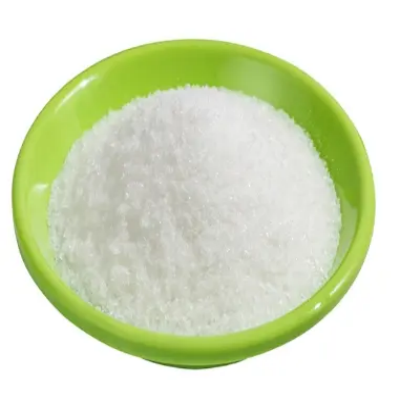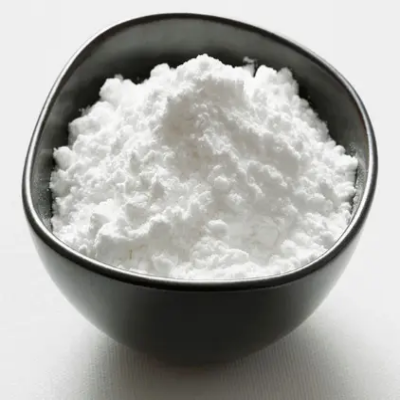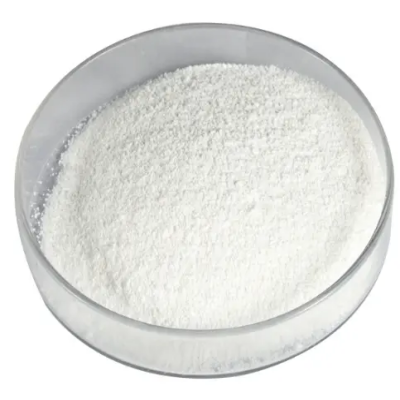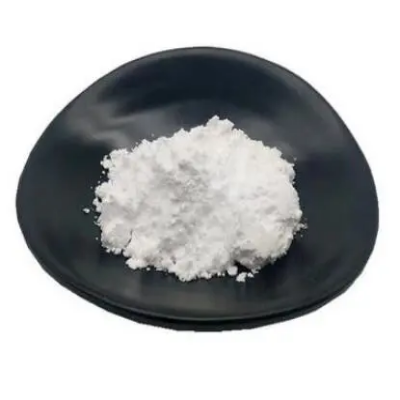Ethyl (triphenylphosphoranylidene)acetate CAS:1099-45-2
Ethyl (triphenylphosphoranylidene)acetate is prominently utilized in organic synthesis due to its ability to generate ylides, which are critical intermediates in a variety of chemical reactions. The formation of ylides from this compound involves the loss of a leaving group, enabling the combination of electrophiles and nucleophiles to yield complex organic molecules. One of the most significant reactions involving ylides is the Wittig reaction, which facilitates the conversion of carbonyl compounds into alkenes. This transformation is widely used in synthetic organic chemistry to construct various alkenes that serve as building blocks for further chemical elaboration. In addition to its role in ylide chemistry, ethyl (triphenylphosphoranylidene)acetate serves as a versatile reagent in carbon-carbon bond formation. Its electrophilic nature allows it to interact with a wide range of nucleophiles, enabling the construction of diverse molecular architectures. As a result, this compound is valuable in the synthesis of pharmaceuticals, agrochemicals, and other fine chemicals, where unique molecular frameworks are often required. Moreover, the compound's triphenylphosphoranylidene group enhances its reactivity for catalyzing various organic reactions. Due to its ability to stabilize reactive intermediates, ethyl (triphenylphosphoranylidene)acetate can be employed in catalytic applications, promoting reactions under mild conditions and increasing selectivity. In material science, this compound is also explored for its potential in synthesizing functionalized polymer materials. By incorporating ethyl (triphenylphosphoranylidene)acetate into polymer systems, researchers can endow materials with improved properties such as thermal stability, mechanical strength, and specific surface characteristics. These advancements can lead to new applications in coatings, adhesives, and advanced composite materials. Furthermore, this compound is being studied for its applications in green chemistry, where the focus is on developing sustainable and efficient chemical processes. By employing ethyl (triphenylphosphoranylidene)acetate in synthetic pathways, chemists aim to minimize waste and utilize less hazardous solvents, contributing to environmentally friendly practices in the chemical industry. Overall, ethyl (triphenylphosphoranylidene)acetate plays a crucial role in organic synthesis and catalysis, highlighting its importance as a multifunctional reagent in the development of novel chemical transformations and advanced material applications.



| Composition | C21H19O2P |
| Assay | 99% |
| Appearance | white powder |
| CAS No. | 1099-45-2 |
| Packing | Small and bulk |
| Shelf Life | 2 years |
| Storage | Store in cool and dry area |
| Certification | ISO. |









